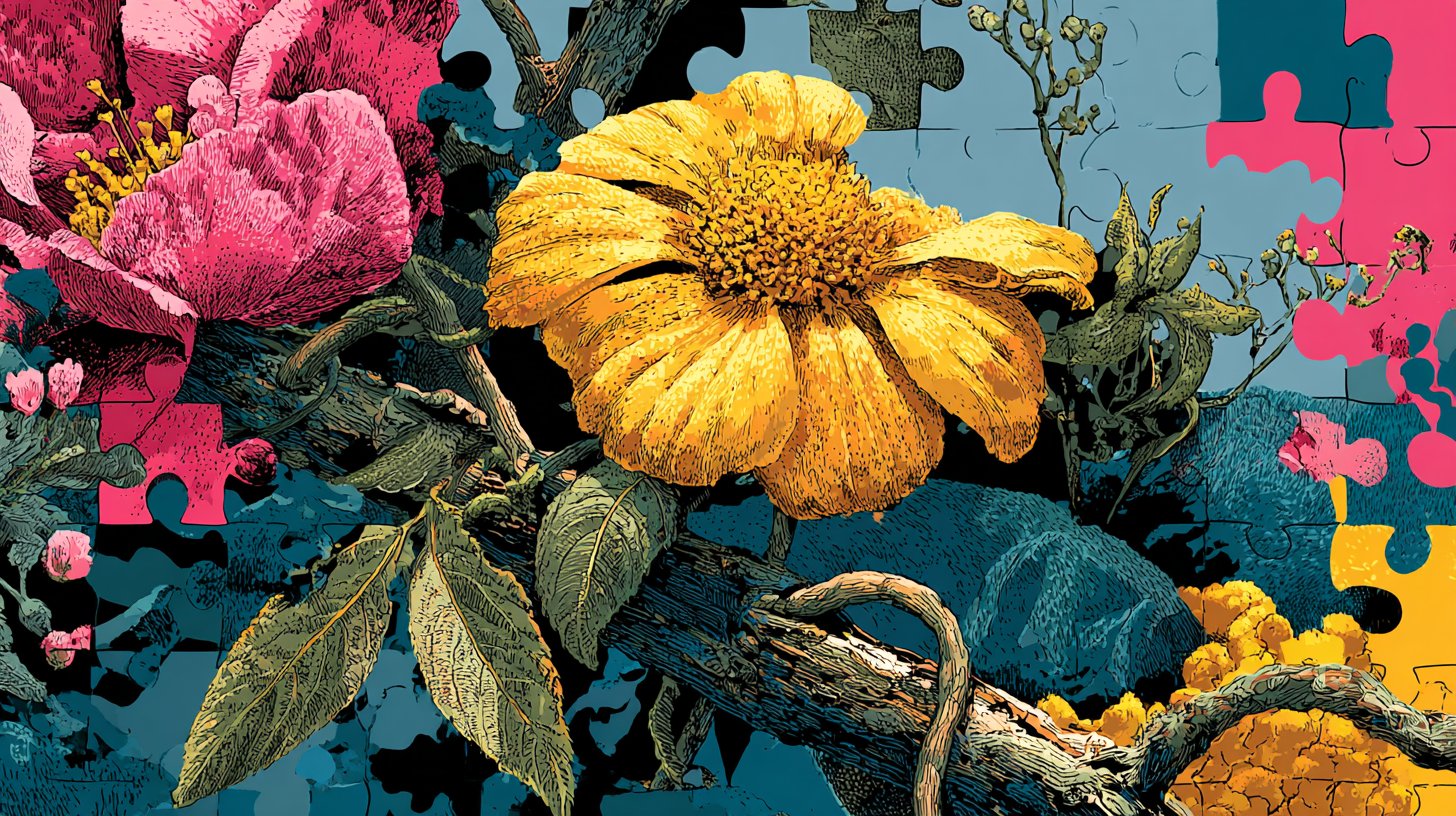Fascinating Causes for the Failure of Partnerships

Relationships, communication, and trust are the cornerstones of successful partnerships. But why do many relationships fail? Often, the reasons are surprising and multifaceted. To develop a deeper understanding, we analyze the most common yet often overlooked factors that can lead to a breakup.
There are moments in life when we wonder why our relationships are not as harmonious as we wish. After some years together, challenges can increase; the picture we had of our partnership can become fragile. Sufficient communication is key, but sometimes it’s the little things that have a big impact. If we do not recognize the causes that lead to conflicts, we are subjected to a constant cycle of disappointment.
Lack of Communication as a Relationship Killer
Communication can also be considered the lifeline of any relationship. Lack of or insufficient communication often leads to misunderstandings, frustrations, and ultimately to conflicts. If partners are not willing to openly discuss their feelings and needs, this can lead to a loss of emotional connection. Often, we only listen instead of really talking to each other. A growing emotional distance is created, and partners begin to live past each other. Regular practice of open conversations can help bridge this gap and identify emerging problems early.

Moreover, there is a tendency to develop defensive or hurtful behaviors in conflicts. The focus is often on one’s own rights or perspectives rather than finding a common consensus. The less we are willing to compromise, the more resentment can grow in secrecy until it finally leads to a critical relationship crisis. Here, it is important to learn the art of active listening – this signals to our partner that their opinions and feelings matter to us.
Unresolved Conflicts and Old Wounds
Conflicts and injuries that are not addressed or resolved in a timely manner can develop into a major problem. When we live in a relationship where old wounds do not heal, the danger remains that we project ourselves based on past experiences that have shaped us. Every argument can quickly become an attack on the deepest insecurities and fears. Partners should feel secure enough to address vulnerable topics. If this is not the case, the past becomes a constant threat to the present.

To heal these wounds, it is important that we are compassionate both for ourselves and for our partner. We must be willing to recognize the common challenges and learn from these situations. A relationship should be characterized by the willingness to be there for each other and to grow together rather than sinking. The key to this is being open to development and change.
Unrealistic Expectations Can Drive Us Apart
A common reason why relationships fail is the setting of unrealistic expectations. Often, we have a concrete idea of how a relationship should be, based on movies, books, or the experiences of others. These unrealistic expectations can quickly lead to disappointment and frustration when reality does not measure up. A partner may, for example, not always be the perfect listener or ideal support that we desire – and that’s okay!

To create healthy expectations, we should focus on the positive aspects and view the differences in the relationship as opportunities for growth. Communication plays a crucial role here; we should be willing to discuss our expectations, articulate them clearly, and be prepared to compromise if necessary. Otherwise, we develop a disappointed view of the relationship that ultimately ends in resignation.
In summary, it is important to note that all relationships go through challenges. The reasons for failure are often multifaceted and surprising. Together, we should aim to build a strong and healthy relationship where communication, understanding, and growth take precedence. By actively nurturing these aspects and working on ourselves, we can avoid the failure of our relationships, which enable deep bonds and ultimately lead to fulfilling partnerships. So let’s embark on the journey to improve our relationships and thereby make our lives easier!


